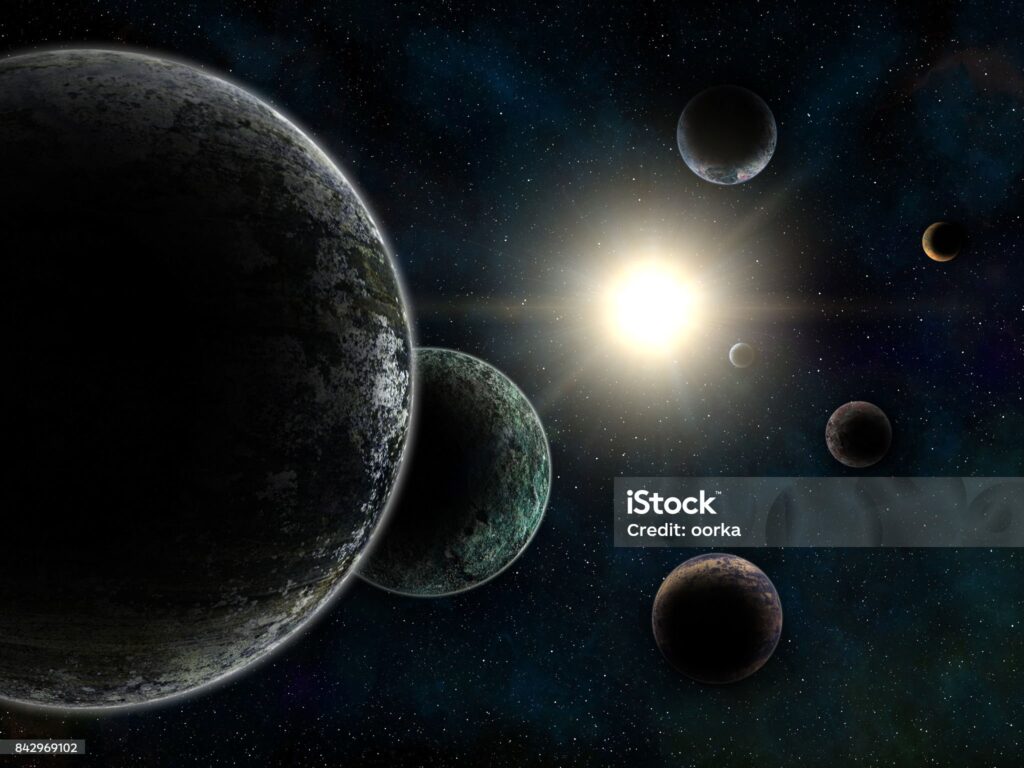Title: Exploring the Discovery of TOI-715 b: A Promising Super-Earth 137 Light-Years Away

Have you heard the buzz about TOI-715 b? NASA recently unveiled this fascinating exoplanet, located 137 light-years from Earth, igniting excitement among astronomers and space enthusiasts alike. Let’s delve into the details of this remarkable discovery and what it means for our understanding of potential life beyond our solar system.
TOI-715 b, affectionately dubbed a “super-Earth,” has captured the attention of scientists for several compelling reasons. First and foremost, its size – approximately 1.5 times larger than our own planet – sets it apart as a tantalizing celestial body worthy of study. But what truly makes TOI-715 b intriguing is its orbit around a small, reddish star.
This star’s unique characteristics make it an ideal candidate for harboring conditions conducive to life. Its temperature range suggests the possibility of liquid water on TOI-715 b’s surface, a fundamental ingredient for the emergence of life as we know it. The prospect of a habitable zone within reach of our telescopes is undeniably thrilling, sparking hopes of uncovering signs of alien life forms.
One of the most striking aspects of TOI-715 b is its orbit pattern. Unlike Earth, which takes approximately 365 days to complete a full orbit around the Sun, TOI-715 b zips around its star in a mere 19 days. This tight orbit has significant implications for the planet’s climate and weather patterns. One side of the super-Earth is perpetually bathed in the star’s radiant warmth, while the other side languishes in perpetual darkness. The resulting temperature differentials could give rise to extreme conditions, challenging the notion of conventional habitability.
But TOI-715 b’s story doesn’t end there. Scientists suspect that this intriguing exoplanet might not be alone in its cosmic dance. There’s tantalizing evidence pointing to the existence of a companion planet, potentially Earth-sized, within the same stellar system. Confirmation of such a discovery would catapult TOI-715 b into the ranks of the smallest habitable zone planets ever detected by NASA’s Transiting Exoplanet Survey Satellite (TESS). The prospect of dual habitable worlds within reach of our telescopes is nothing short of revolutionary, fueling dreams of exploration and discovery among astronomers worldwide.
Of course, the journey to uncovering TOI-715 b’s secrets has been anything but straightforward. It took the concerted efforts of an international team of scientists, led by the University of Birmingham, to pinpoint the exoplanet’s location amidst the vast expanse of space. Leveraging a diverse array of Earth-based telescopes and cutting-edge technology, these dedicated researchers pieced together the puzzle of TOI-715 b’s existence, shedding light on the enigmatic world lurking beyond our cosmic doorstep.
The implications of TOI-715 b’s discovery extend far beyond the realm of astrophysics. They speak to humanity’s insatiable curiosity and unquenchable thirst for knowledge. For centuries, we’ve gazed up at the stars, wondering what lies beyond the confines of our own planet. With each new discovery, we inch closer to unraveling the mysteries of the universe and our place within it.
But amid this cornucopia of celestial wonders, TOI-715 b stands out as a beacon of hope. Its proximity to Earth, coupled with its potentially habitable conditions, makes it a prime candidate for further exploration and study. With the launch of NASA’s James Webb Space Telescope (JWST) on the horizon, astronomers eagerly await the opportunity to peer into the depths of TOI-715 b’s atmosphere, searching for clues to its composition and potential for life.
Of course, the road ahead is fraught with challenges and uncertainties. Super-Earths like TOI-715 b present unique obstacles to scientists, who must grapple with questions of climate, atmosphere, and geological activity. But if history has taught us anything, it’s that humanity thrives on the pursuit of the unknown. With each new discovery, we expand the boundaries of our understanding and pave the way for future generations to explore the cosmos.
In the end, TOI-715 b reminds us of the profound beauty and complexity of the universe. It’s a testament to the power of human ingenuity and the boundless possibilities that lie beyond our wildest dreams. As we continue our journey of exploration and discovery, let us never lose sight of the wonders that await us among the stars. Who knows what other secrets the cosmos may be hiding, just waiting for us to uncover?